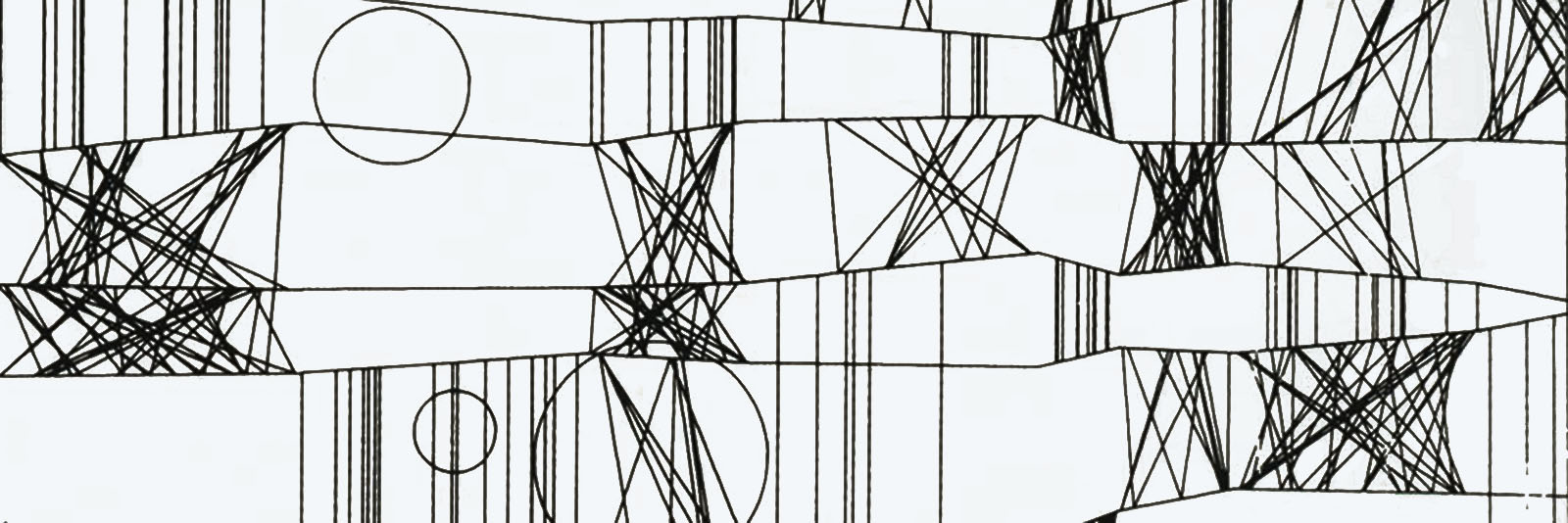Frieder Nake

Line pattern compositions drawn by a plotter controlled by a computer program written by Frieder Nake in 1965.
Frieder Nake (b. 1938) is a pioneer of early computer art and one of the first artists to use a computer to create algorithmic, interactive artworks. Along with Georg Nees, Nake was one of the original programmers of computer-generated art in the 1960s.
Nake was born in 1938 in Stuttgart, Germany. He studied mathematics at the University of Stuttgart in the late 1950s and early 1960s. As a student, Nake had access to early computer systems and began experimenting with using algorithms and code to produce graphic art.
In November 1965, Nake produced one of the earliest examples of computer art - a series of algorithmic, abstract drawings titled Hommage à Paul Klee. These line pattern compositions were drawn by a plotter controlled by a computer program written by Nake. The drawings were exhibited at Galerie Niedlich in Stuttgart. This was the first ever exhibition of art produced by a computer.
Nake went on to create innovative computational art combining algorithms, interactivity, and generative systems throughout the 1960s and beyond. His early plotted line drawings explored mathematical patterns and aesthetic possibilities in coding art. Nake's pioneering efforts established key concepts and approaches for algorithmic art using emerging computer technology.
Nake has worked as a professor of interactive computer graphics and mathematics. He has continued to produce digital art combining algorithms, interactivity, and computer-human collaboration. Nake's contributions were seminal in establishing computer art as a new artistic medium.
See also: